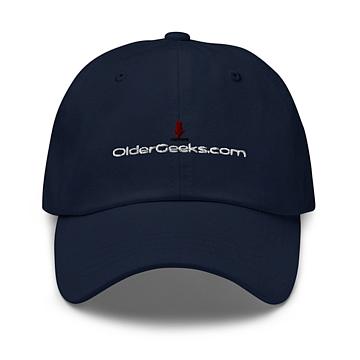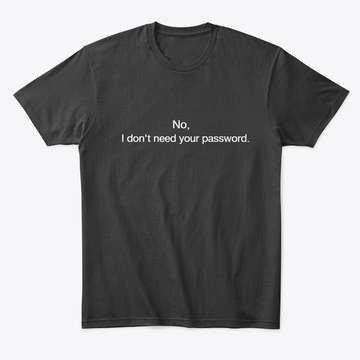|
|

Your download link is at the very bottom of the page... always.
|
Processed through Paypal
No account required.
Donate Bitcoin to this wallet:
1KkUMXvQ2ko3xcJkzitB7WYgoW6m79WFfm
Donate Ethereum to this wallet:
0x40E56922F43637224935CDC35e2c96E0392A8505
Donate Litecoin to this wallet:
LLYAFEyqjH69gkyCEpRjXNyedRCWrVChfL
|



















